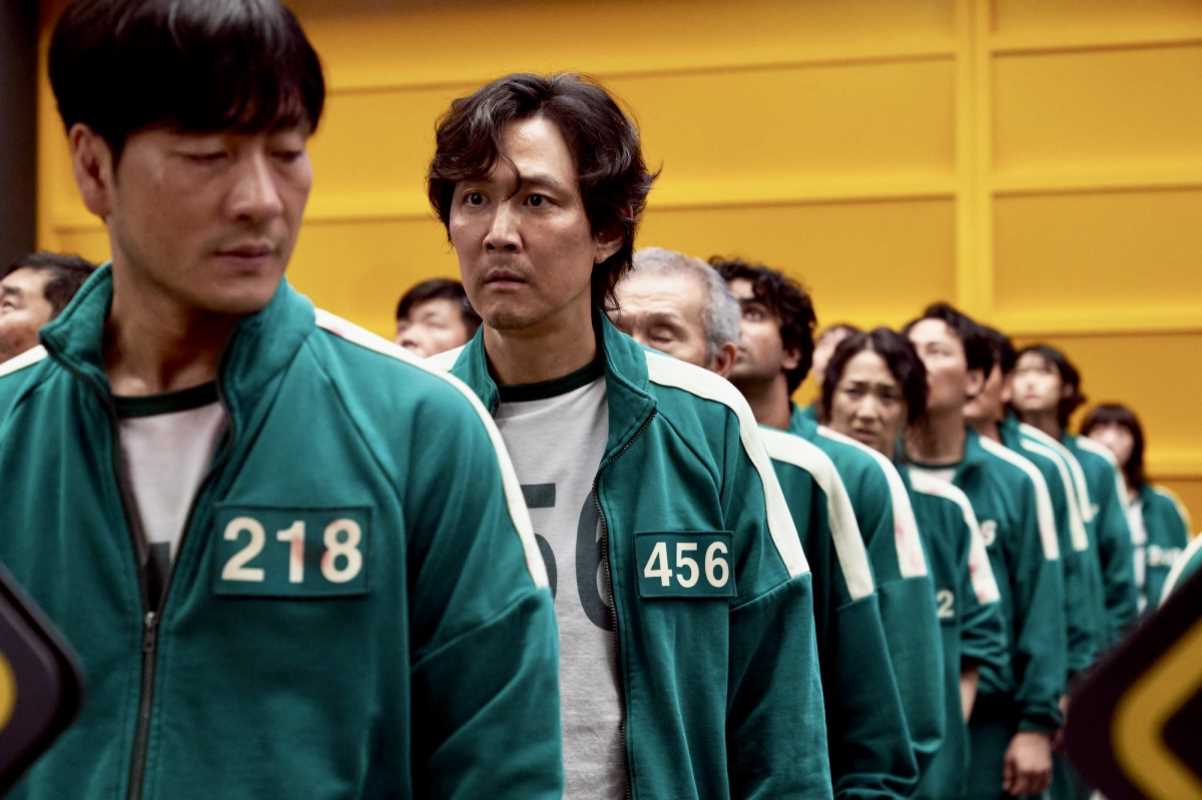World-building is one of the most exciting aspects of writing fiction. Whether you’re crafting a sprawling fantasy realm, a futuristic sci-fi society, or a grounded modern-day world, a well-built setting gives your story life. The environment you create should feel as real to your readers as the characters who inhabit it. Done well, it can transport an audience, drive your plot, and add complexity to your story.
But what makes a fictional world “believable”? How do you create settings that pull readers in and make them want to stay? Here’s a breakdown of the essentials of world-building, with practical tips on how to integrate culture, geography, history, and other elements to craft an immersive backdrop for your story.
1. Understand the Core of Your World
Before you dig into the details, it’s important to know the foundation of your world. What is the central idea or concept that defines it? For example:
- Fantasy worlds might hinge on a magical system or an ancient prophecy.
- Sci-fi settings could revolve around advanced technology or intergalactic civilizations.
- Realistic fiction may focus on a specific location, like a small town or bustling city, shaped by real-world issues.
Ask yourself: What makes my world unique? Consider the mood you want to create and how your world will support the themes of your story. For instance, the dystopian districts in The Hunger Games emphasize inequality and oppression through their harsh division of resources. The key is to ensure that every piece of your world reflects and complements the story you’re trying to tell.
2. Build a Geography That Shapes the Story
Geography does more than just fill space on a map—it influences culture, economy, and even the personalities of your characters. A world’s terrain impacts how its inhabitants live, travel, and think.
- Think about the natural features of your world. Are there vast mountains isolating communities? Rivers that serve as vital trade routes? Deserts, forests, or oceans that pose challenges? For example, in The Lord of the Rings, the geography of Middle-earth plays a massive role. The perilous pass of Caradhras and the swamps of the Dead Marshes aren’t just obstacles; they reinforce the dangers the characters face.
- Consider resources. What does the land provide—or lack? Scarcity or abundance of resources shapes economies and conflicts. A city surrounded by rich farmland will differ significantly from one in a barren wasteland.
- Create practical maps—or at least mental ones. While you don’t need to go into Tolkien-level detail (unless you want to), it helps to have a rough sketch of your world’s layout. Knowing where major landmarks, cities, and regions are located will add cohesion and stop you from accidentally placing a castle in the middle of the ocean.
3. Weave in a Rich Culture
Culture is one of the most powerful tools for making your world feel alive. Fictional cultures, just like real ones, encompass traditions, values, religion, language, food, art, and more. Here’s how to layer culture into your world:
- Develop traditions and rituals. What holidays do people celebrate, and how? Look at Harry Potter—even small traditions like Hogwarts’ house system and seasonal feasts create a vibrant sense of community.
- Define a belief system. Culture is often tied to religion or ideology. Does your world worship gods? Nature? Technology? Use beliefs to explain how people behave and view the world. For example, the sci-fi classic Dune by Frank Herbert builds its desert-dwelling Fremen culture around survival, water conservation, and prophecy, rooted deeply in their harsh surroundings.
- Explore language and communication. How people speak, their slang, or even body language can reveal cultural differences. A powerful example is how Game of Thrones creates diverse languages—like Dothraki or Valyrian—that hint at history and alliances.
- Think about food and clothing. These details may seem small but can show a lot about culture. A fishing village may rely on simple, ocean-inspired meals, while residents of a capital city might enjoy elaborate banquets. Similarly, how people dress can hint at climate or social hierarchy.
- Introduce diversity. No culture exists in isolation. Show variations in customs or subcultures within your world. This creates realism, as no group of people thinks or acts in the exact same way.
4. Don’t Ignore History
Every world has a past. Historical context adds depth to your setting and helps readers understand why it exists the way it does.
- Decide who holds the power. Is there a monarchy, democracy, or corrupt regime in charge? How did they get there? Whether it’s the lingering effects of a revolution or a war that reshaped borders, history explains the political landscape.
- Explore layers of conflict. Good stories thrive on tension, and history gives you a chance to subtly (or not so subtly) build it into your world. Maybe two kingdoms have been at odds over territory for centuries, or perhaps a recent technological leap has caused clashes between traditionalists and innovators.
- Include relics of the past. Give your history physical form through monuments, ruins, or artifacts. A crumbling coliseum might hint at a once-glorious empire, while ancient texts could hold the key to understanding forgotten technology. George R.R. Martin’s A Song of Ice and Fire does this wonderfully by incorporating remnants of Valyria, a fallen civilization that still casts a shadow over Westeros.
5. Add Realism Through Everyday Details
The best way to make your world immersive is to think like someone who lives there. Ask yourself practical questions about day-to-day life.
- How do people work and survive? What kinds of jobs exist? What role do things like trade, farming, or crafting play?
- What’s transportation like? Are there horses and carts, spaceships, or elaborate underground railways?
- What do people do for fun? Entertainment can reveal so much about a society. Festivals? Sports? Music? Small details like these flesh out your world.
Don’t overwhelm readers with everything at once, though—sprinkle these details in as your characters explore the setting.
6. Show, Don’t Tell
World-building isn’t about giving readers a textbook. No one wants to sit through pages of dense descriptions about magical economics or a country’s military alliances. Instead, weave these details naturally into your story.
- Use dialogue and action to reveal the world. For instance, instead of saying, “This city valued tradition above all else,” show two characters arguing about the right way to honor an ancient ritual.
- Reflect the world through characters’ perspectives. What seems normal to one character could seem strange to another, giving readers insight without lengthy exposition.
A great example of this is N.K. Jemisin’s The Broken Earth series. Her world’s unique geological magic unfolds naturally through vivid scenes and characters’ lived experiences rather than excessive explanations.
7. Take Inspiration, but Make It Yours
There’s nothing wrong with drawing from real-world cultures, landscapes, or history—in fact, many of the best fictional worlds do. Just make sure to put your own spin on them. For instance, Avatar: The Last Airbender masterfully incorporates East Asian aesthetics, bending traditional elements into something new and magical.
If you’re borrowing from existing cultures, treat them with respect. Don’t just copy; adapt and build on them to create something original.
The Mental Health Benefits of Writing as a Regular Practice
Writing is a valuable tool for mental well-being, offering ways to process emotions, reflect on experiences, and gain clarity.
Reduces Stress:
- Writing down your thoughts can act as a release, helping to calm a racing mind and manage overwhelming feelings.
- Research shows that expressive writing lowers stress hormones and improves overall mood.
Improves Self-Awareness:
- Journaling allows you to document thoughts, worries, and accomplishments, helping identify patterns in behavior.
- For example, tracking how specific situations impact your mood can prepare you for similar moments in the future.
Enhances Emotional Regulation:
- By reflecting on your experiences through writing, you can better understand and manage your emotions.
- This practice can lead to healthier responses to stress and personal growth.
Supports Creativity and Healing:
- Creative writing, like poetry or storytelling, provides an outlet for self-expression.
- Channeling emotions into imaginative worlds can be therapeutic and allow for emotional release.
- For instance, using metaphorical characters or scenes can help process sadness or frustration.
Encourages Problem-Solving:
- Writing about challenges often reveals solutions you may not have noticed before.
- Organizing thoughts on paper clarifies complex issues and boosts your ability to reflect.
Highly Accessible:
- You only need a pen and paper (or a keyboard) to get started—no special skills or equipment required.
- It’s a simple, practical tool anyone can use for mental health and personal growth.
Flexible and Personal:
- You can write in many forms, from gratitude lists and personal journals to fictional stories.
- Writing tailors to your needs, becoming a lifelong habit that promotes peace, perspective, and resilience.
Building an immersive world takes time and care, but it’s one of the most rewarding parts of writing fiction. Whether your story unfolds in a medieval kingdom, a dystopian mega-city, or a quiet suburban town, your world is the backbone of the story. It shapes your characters’ journeys and draws readers into your narrative.
Start with a strong foundation, layer in geography, culture, and history, and don’t forget those small, everyday details that make a world come alive. Keep your audience curious yet grounded, and use your setting to enhance your story’s themes. With thoughtful world-building, you can transport readers anywhere—and make them want to stay.
 (Image via
(Image via





.jpg)